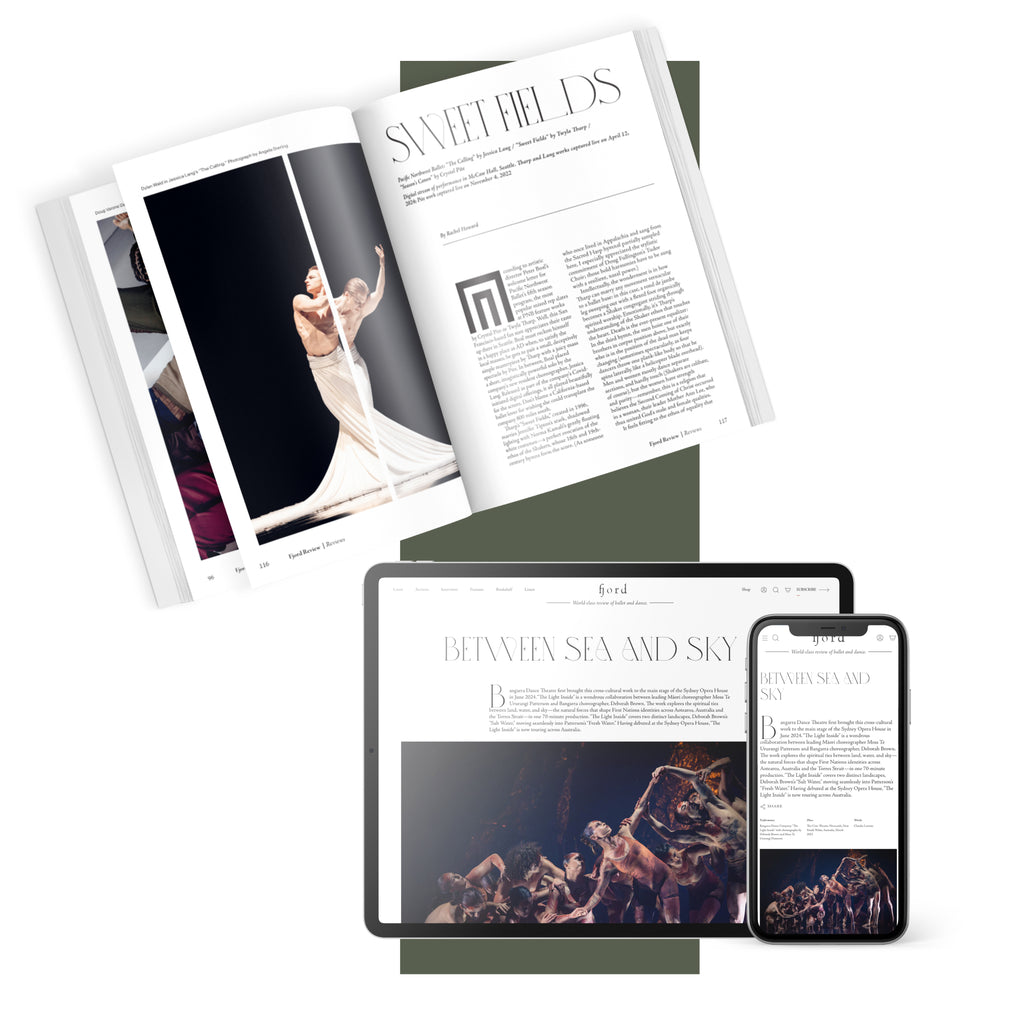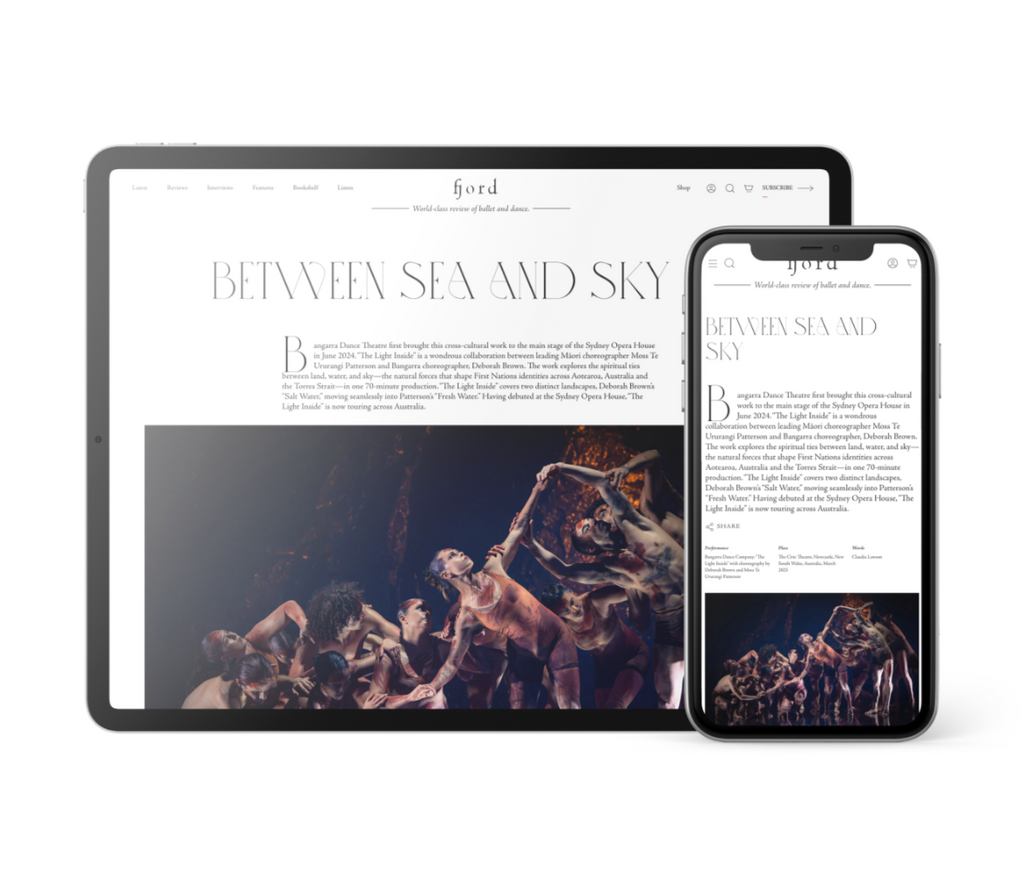Changing paths for young people may be one thing, but changing perceptions of audiences is a different task. While Ireland enjoys a strong theatrical history and a growing international reputation in contemporary dance, some may think that regional audiences simply are not ready for a touring contemporary dance company.
“I wonder if there’s a few older, lazier narratives we need to move on from” Roche muses, “the audience is there, it’s just about reaching them.” One manner of doing this is a pioneering ‘Dance Deputies’ programme in the rural southwest and northeast, where practitioners may “enrich the dance infrastructure in their areas.” The year-long commission “To This I Belong” has practitioners across the island develop community-focused projects, familiarising locals with what dance has to offer through participation. This “bespoke approach” according to Roche not only builds audiences, but enables dance artists to have more stability, “it isn’t about bringing everyone to Dublin, or down to Limerick or up to Belfast, it’s about supporting people to make work at home.”
Maintaining these ties across an island that is politically split is no small task. The Shared Island initiative, which “aims to harness the full potential of the Good Friday Agreement” according to the government of the Republic, funds cultural projects and infrastructural initiatives. While not officially tied to the initiative, Luail is riding the wave of cross-border ambition. The reality remains complicated, “in terms of support there’s great support for it, but some of the mechanics aren’t quite there yet […] with two different territories, being able to function across both of them is a challenge at times.” According to a report for the House of Lords Library, core UK government funding for the Northern Irish Arts Council fell by 66% between 2009/10 and 2022/23, with England’s only falling by 18%.
“Everyone is very clear in the North that they need more funding, especially for dance” says Roche. Despite the setbacks, sharing of resources increasingly seems to be the name of the game, and the support is ostensive. “I could see when we launched in Belfast in November that the good will is there […] there’s always been an easy connect across the island artistically.”
Arts funding anywhere, however, is never a guarantee. The Irish Arts Council is receiving a record-breaking €140 million from the government budget, but politics and economic uncertainty are still lurking in the background. Are there fears of the past repeating itself? For now, the mood is cautious but hopeful.
“I would like to think the arts council wants to increase the support for dance, and that by establishing a national company that is now happening” says Scott. Yusuf, who is based in Brussels, thinks that Ireland should be “learning from the mistakes made by other countries” when it comes to funding dance, “if we go about it calmly it could be a really beautiful road ahead.”
The woman leading the charge is indeed calm, but resolute in her belief in the company. “It brings a bit of bedrock into things, you mightn’t feel it just yet, but the act of it makes a difference. I know there are a lot of things going on and that the arts will always be defending itself — which is how it is, so that’s what we do,” she says. Anxieties and uncertainties aside, there is no doubt that many in Ireland’s dance community are willing Luail to succeed. For Liz Roche it is seemingly just as much about platforming Irish talent as it is giving the Irish people an art form to embrace as fervently as literature and music. “It’s another way of being in a complicated world […] I would like to think the next generation coming up have dance as a way to navigate it all.”
Luail will tour “Chora” to Dublin, Wexford, Belfast, and Cork from the 13th to the 28th of May.





comments